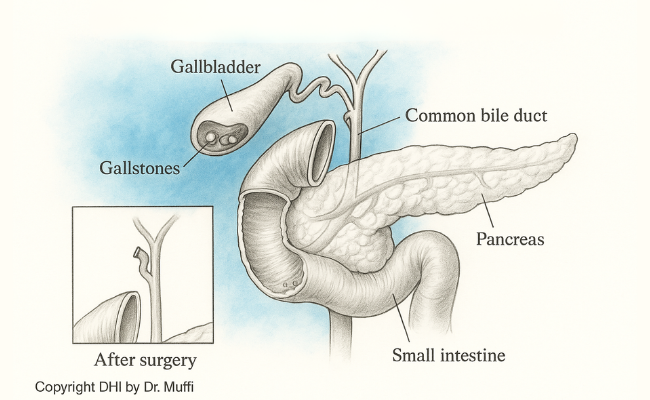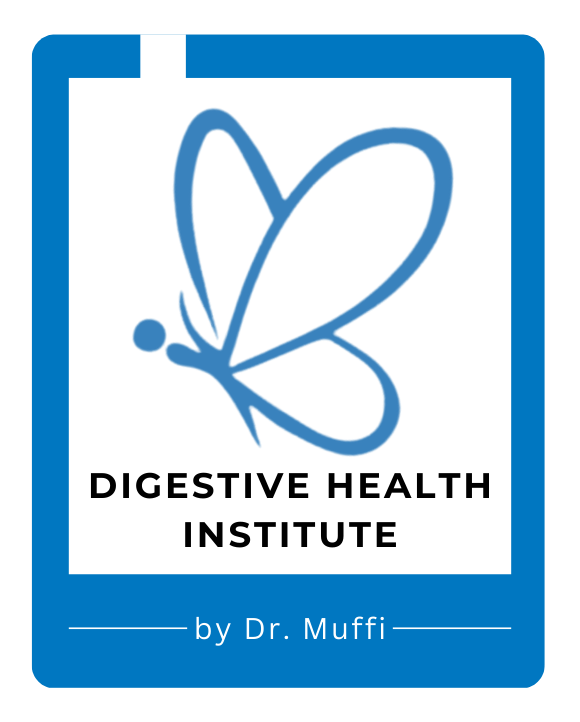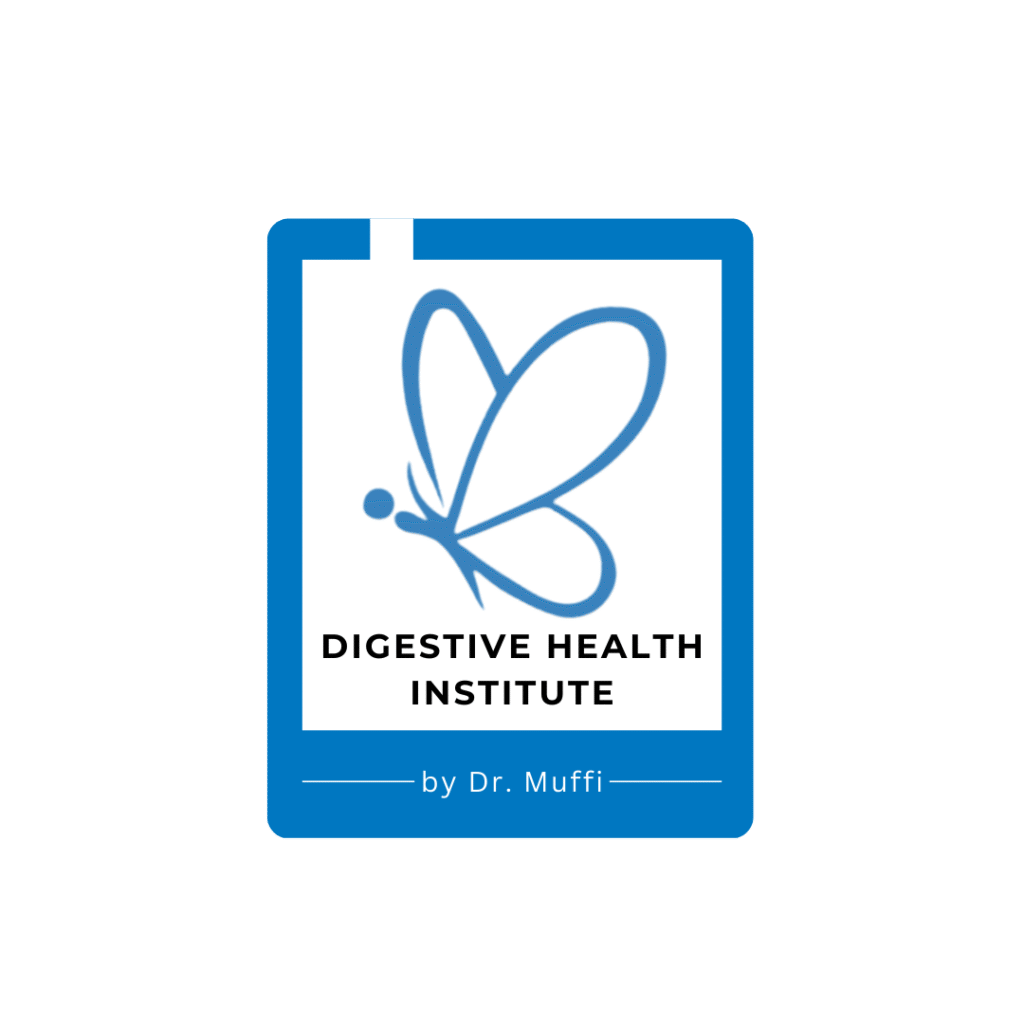Cholecystectomy (Gallbladder Surgery)
Process | Advantages | Precautions

What Is the Gallbladder?
The gallbladder is a small organ under the liver that stores bile — a fluid that helps digest fats. Sometimes, bile hardens into gallstones, which can block the flow of bile and cause pain, nausea, or serious infection.
What Is Cholecystectomy?
Cholecystectomy is the surgical removal of the gallbladder. It’s the most effective and permanent solution for problems caused by gallstones or gallbladder inflammation.
Who is it recommended for:
You may be recommended for gallbladder removal if you have:
- Gallstones causing pain (especially after eating)
- Inflammation or infection of the gallbladder (cholecystitis)
- Nausea, bloating, or indigestion from gallbladder dysfunction
- Stones blocking bile ducts, risking liver or pancreas problems
Key Features:
Laparoscopic and robotic-assisted cholecystectomy, offering:
- Small incisions (keyhole surgery)
- Faster healing and less pain
- Minimal scarring
- Short hospital stay (often same-day discharge)
- Quick return to normal activities
What happens if I don’t remove my gallbladder?
Untreated gallbladder issues can lead to recurrent pain, Infection or abscess, gallbladder rupture, pancreatitis (inflammation of the pancreas)
Are there any specific dietary guidelines to follow after a cholecystectomy?
Following laparoscopic cholecystectomy (gallbladder removal), a light, low-fat diet is recommended to support digestion and reduce discomfort. Start with small, frequent meals and avoid fried, greasy, or spicy foods. Gradually reintroduce high-fiber foods as tolerated. Most patients adjust well over time, but individualized guidance may be needed for those with persistent symptoms.
Can I live normally without a gallbladder?
You can live a normal, healthy life without a gallbladder. Bile will still flow from the liver into your digestive tract — just in a different way. Most patients feel better quickly and have fewer digestive symptoms after recovery.
How long is the recovery after gallbladder surgery?
- Most patients go home the same day or next day
- Return to normal activities in about 1–2 weeks
- Full recovery from open surgery may take 4–6 weeks




